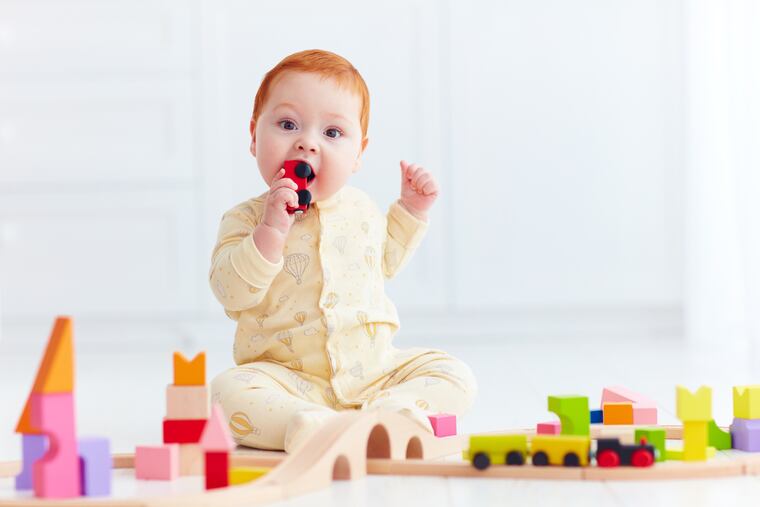PennPIRG releases annual hazardous-toy report
With the holiday shopping season upon us, PennPIRG recently released its 33rd annual Trouble in Toyland report focusing on hazards in toys, including toxins, choking risks, and battery safety.

With the holiday shopping season upon us, Pennsylvania Public Interest Research Group recently released its 33rd annual "Trouble in Toyland" report focusing on hazards in toys, including toxins, choking risks, and battery safety.
More specifically, the PennPIRG report found toxic amounts of boron, which can cause nausea, vomiting and other health issues, in slime products. The consumer group also reminded parents and caregivers that balloons are the leading cause of suffocation death among children's products. A search on Amazon.com found no choking-hazard labels on 87 percent of the latex balloons marketed to parents of children under age 2, an apparent violation of the law, according to PennPIRG.
We continue to treat injuries from the hazards listed in the report in our pediatric emergency department. Here's what you need to know before you head out to shop.
Choking hazards
Parents should always read the warning labels listed on toys. Warning labels will list the suggested age for play and whether the toy is a choking hazard. For children under 3, a toy or its accessories can cause injury if small enough to fit through a toilet paper roll's cylinder.
Toys that contain high-powered magnets that can stick together should be avoided. Though not extremely common, ingestion of these magnets can pose serious health risks to children. If a child ingests more than one high-powered magnet, the magnets can activate and actually connect between various parts of the digestive system. Connections can occur between the stomach and the small intestine, between the small intestine and the colon, or across loops of bowel. That can lead to serious bowel damage as the intestines twist and perforate, causing ruptures, infections, and obstructions. Such injuries all require medical imaging, and often emergency surgery. If a toy or product contains a small magnet that could be easily ingested or easily mistaken for your child's favorite candy, don't buy it.
Toxic hazards
Any amount of lead in a child's blood is unsafe, the Centers for Disease Control and Prevention found. As the report states, lead continues to find its way into toys and may be incorporated into plastic. Shoppers should stay current of all toy recalls — it's the best way to avoid a purchasing a toxic toy. Most toys will not have labels that list all the ingredients used to create them until there is a recall.
It's important for physicians, consumers and parents to report unsafe products and toys that can endanger the health and safety of children. To file a report, visit the U.S. Consumer Product Safety Commission's www.SaferProducts.gov webpage or call the CPSC telephone hotline at 800-638-2772.
Larger toys
I've treated many children of various ages, male and female, with trampoline-related injuries ranging from minor sprains, strains and fractures to severe injuries such as paralysis. Due to the risk of injury, the American Academy of Pediatrics strongly discourages the recreational use of trampolines by children, especially those under the age of 5 as they are at the highest risk for injury. The younger the child, the more likely he or she is to break bones because the skeleton is less mature.
Hoverboards – two-wheeled electric boards – require riders to maintain balance while they pick up speed and glide around. The highest number of hoverboard injuries occur among 12-year-old boys. The most frequent body parts injured are the wrist, forearm, and head, and the most common injuries found were fractures, bruises, and strains and sprains. Finger injuries are unique to hoverboards because fingers can get caught in the wheels.
Very few patients I treat for hoverboard injuries were wearing protective gear. I recommend that children wear helmets, wrist guards, elbow pads, and knee pads.
Keeping these tips in mind, I hope everyone has a fun and safe holiday season.
Evan Weiner, M.D., FAAP, is the medical director of the critical-care transport team at St. Christopher's Hospital for Children.